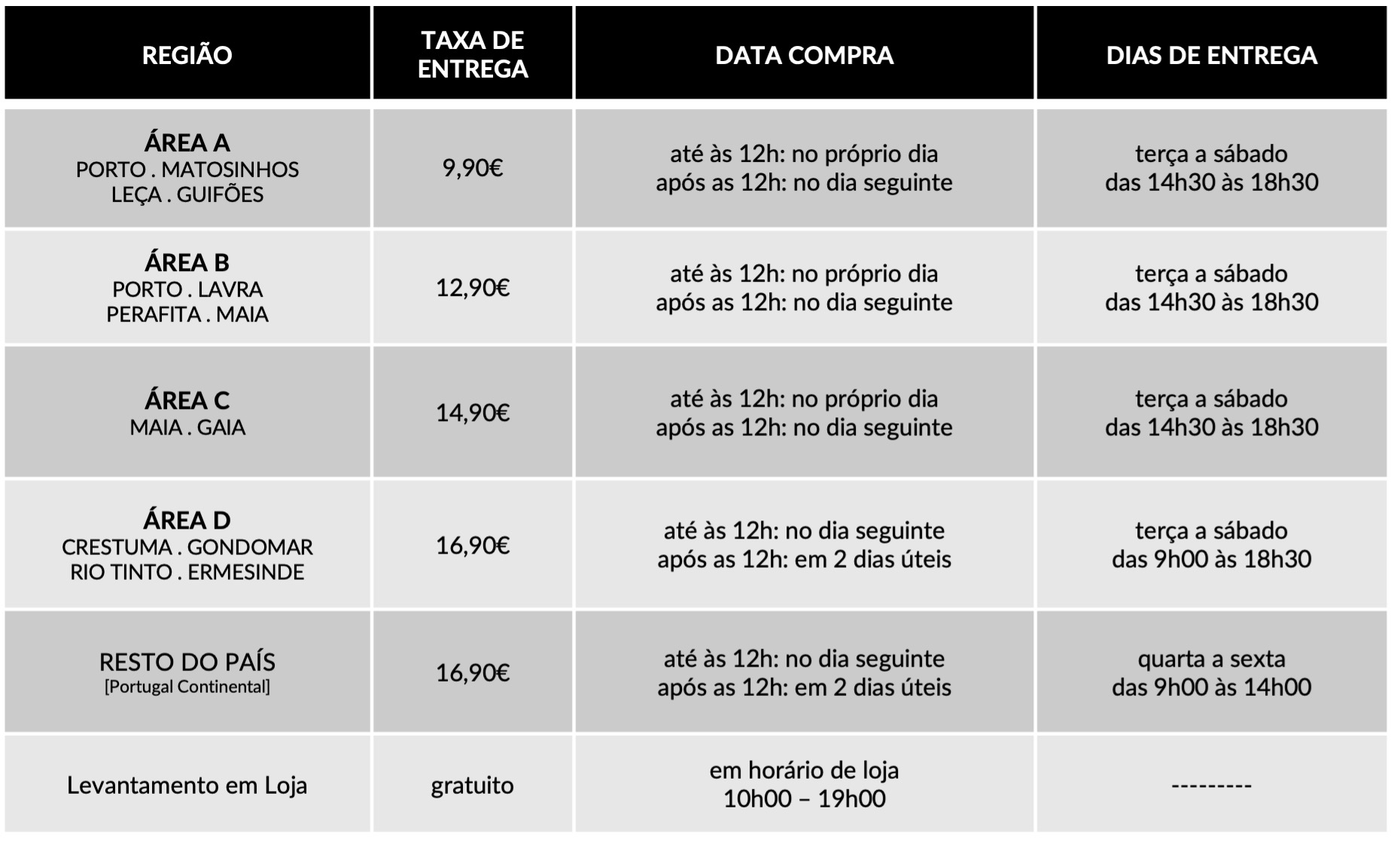Privacy Overview
| Cookie | Duração | Descrição |
|---|---|---|
| cookielawinfo-checkbox-analytics | 11 months | This cookie is set by GDPR Cookie Consent plugin. The cookie is used to store the user consent for the cookies in the category "Analytics". |
| cookielawinfo-checkbox-functional | 11 months | The cookie is set by GDPR cookie consent to record the user consent for the cookies in the category "Functional". |
| cookielawinfo-checkbox-necessary | 11 months | This cookie is set by GDPR Cookie Consent plugin. The cookies is used to store the user consent for the cookies in the category "Necessary". |
| cookielawinfo-checkbox-others | 11 months | This cookie is set by GDPR Cookie Consent plugin. The cookie is used to store the user consent for the cookies in the category "Other. |
| cookielawinfo-checkbox-performance | 11 months | This cookie is set by GDPR Cookie Consent plugin. The cookie is used to store the user consent for the cookies in the category "Performance". |
| viewed_cookie_policy | 11 months | The cookie is set by the GDPR Cookie Consent plugin and is used to store whether or not user has consented to the use of cookies. It does not store any personal data. |

Dedicamos toda a atenção na manutenção e preservação das nossas Flores, garantindo que cheguem ao nosso cliente com toda a frescura, qualidade e beleza. Disponibilizamos várias soluções de manutenção e embalamentos adequando sempre a cada necessidade e contexto da entrega.
Pode incluir na sua oferta uma mensagem personalizada que irá ser reproduzida por nós. No processo da compra online basta preencher o campo ”dedicatória” e escrever a mensagem pretendida.
Valorizamos e priorizamos a qualidade dos serviços e dos nossos produtos. Todas as flores disponibilizadas nos ramos e arranjos disponíveis na loja online são frescas e estão em condições de servir o destinatário.
Caso haja alguma insatisfação por parte do cliente, recomendamos que utilize os nossos canais de comunicação para que possamos analisar a questão.
As fotografias são ilustrativas, quer isto dizer que não garantimos a 100% a sua fieldade com a realidade.
As fotografias devem ser interpretadas como uma base de modelo ou de estética onde as alterações estão sujeitas ao stock da flor e ao trabalho humano de cada florista. Note-se que algumas flores são sazonais e não estão disponíveis todo o ano. Como tal, serão necessárias fazer adaptações consoante a época e o stock da flor.
Para casos onde as alterações sejam extremamente notórias, contactaremos o cliente para ajustar a melhor solução.
Não cancelamos nem alteramos encomendas se esta já se encontrar em fase de curso, ou seja, se já tiver saído da loja e em fase de transporte.
Se a encomenda se encontrar no estado inicial, de processo, é possível alterar e cancelar a encomenda e reaver o seu dinheiro.
Caso não havendo outra referência dada pelo utilizador (por exemplo: deixar no porteiro, na loja x, à pessoa y) o utilizador será contactado de imediato para ficar ao corrente da situação e, à falta de alternativas, a encomenda voltará para a Terrárea, Caso seja reagendada uma nova entrega será cobrada novamente taxa de entrega.
Sublinhamos a importância dos dados fornecidos pelo utilizador estarem correctos e claros. Há sempre a possibilidade do utilizador acrescentar um ponto de referência e outras informações para que não hajam quaisquer dúvidas no acto da entrega garantindo, assim, a qualidade do serviço.
Lamentamos mas não podemos facultar essa informação, se o cliente que realizou a encomenda não pretender.
Estamos abertos a alterações embora estas estejam sempre condicionadas pelo tipo de pedido do utilizador, stock em loja e conceito estético. Nestes casos sugerimos o contacto telefónico ou por email.
Queremos satisfazer todos os nossos clientes e oferecer o nosso melhor serviço. Agradecemos, por isso, todas as opiniões e sugestões para podermos encontrar soluções às suas necessidades! Contacte-nos a partir dos seguintes meios: via email info@terrarea.pt ou telefone 223 170 414
You can see how this popup was set up in our step-by-step guide: https://wppopupmaker.com/guides/auto-opening-announcement-popups/

Ao subscrever a newsletter aceito o tratamento de dados pessoais segundo as políticas de privacidade.
SIGA-NOS EM
CONTACTOS
223 170 414
(Chamada para a rede fixa nacional)
INFO@TERRAREA.PT
COMERCIAL@TERRAREA.PT


Why CoinJoin Matters — and Where Its Limits Begin
Okay — quick thought up front: privacy in Bitcoin is messy. I’m biased, but nothing about on-chain privacy is binary. It’s a spectrum, and CoinJoin sits somewhere near the middle: powerful, practical, but not magic. If you care about being less linkable on-chain, CoinJoin buys you real improvements. But it doesn’t make you invisible. My instinct said the same thing the first time I tried it — this feels like an elegant hack. Then reality tugged at the sleeve: fees, UX, and leak vectors galore.
Here’s the thing. CoinJoin is a collaborative pattern where multiple users combine their individual transactions into one multi-party transaction that breaks the simple “one-input-to-one-output” heuristics chain analysts rely on. That sounds great. And it is, in many cases. However, there are practical trade-offs: if you do it wrong, or if other metadata leaks (IP address, exchange KYC, reuse of addresses), the benefits evaporate. This article walks through what CoinJoin actually provides, how it interacts with common blockchain analysis heuristics, and what privacy-conscious users should realistically expect.
First, definitions matter. CoinJoin is a protocol idea — several wallets implement its principles differently. “Mixing” is a broader term that includes tumblers and CoinJoin implementations. Anonymity is a spectrum; “anonymity set” is the useful metric — how many coins are indistinguishable from yours after the operation. Bigger sets are better. Sounds simple. It’s not.
How CoinJoin reduces linkability (high-level)
At a conceptual level, CoinJoin works because it breaks heuristics. Chain-analysis firms often assume inputs in a transaction belong to the same owner (common-input-ownership). A CoinJoin transaction, by design, contains inputs and outputs from different people, so that heuristic falls apart — if participants’ output amounts are similar, it’s much harder to tie inputs to outputs. That increases your anonymity set.
But wait — there are caveats. On one hand, identical output amounts help; on the other, unusual output patterns or timing can create signals. Also, how the CoinJoin implementation coordinates participants matters: if peers connect from identifiable IPs, or a coordinator logs data, privacy is degraded. In practice, combining CoinJoin with network-level protections like Tor is standard advice — and for good reason.
Wallets and usability: the pragmatic side
Wallets implement CoinJoin with different trade-offs. Some prioritize decentralization, others UX. One well-known choice for desktop users is wasabi wallet, which integrates a non-custodial CoinJoin workflow and Tor support. It’s not an endorsement of perfection — it’s a practical, mature option many privacy-conscious people use.
That said, CoinJoin usually costs more in fees and time. You wait for rounds to fill, pay coordinator fees or miner fees, and accept that the UX isn’t as seamless as clicking “Send.” For many people who value privacy, those trade-offs are acceptable. For others, especially newcomers, the friction is a real blocker.
What CoinJoin doesn’t protect against
Important point: CoinJoin is about on-chain linkability, not all metadata. If you use a KYC exchange and then immediately withdraw to an address that participates in CoinJoin, that exchange still has records tying your identity to that withdrawal. If you later spend mixed coins back to the same exchange, the trail is trivially reconnectable. On one hand CoinJoin helps; though actually — it won’t absolve operational security missteps.
Network-level leaks matter too. IP addresses, timing correlations, and gossip-layer monitoring can deanonymize participants if they don’t use Tor or similar protections. Chain analysis is only one piece of the puzzle.
Common deanonymization heuristics and how CoinJoin interacts with them
Chain analysts use several heuristics: common-input ownership, address clustering, dusting, and linking via repeated patterns. CoinJoin directly targets the first, and partially disrupts clustering when outputs are structured right. But if participants consistently use the same output set sizes or patterns, those become fingerprints themselves.
Another vector is “post-mix linking”: if your mixed outputs are later consolidated or spent in a way that recreates obvious input-output relationships, you lose protections. So: CoinJoin helps when used as part of ongoing, privacy-aware habits — not as a one-time quick fix.
Practical guidance for privacy-conscious users
I’ll be honest: there’s no single silver bullet. But here are practical, lawful steps that improve outcomes.
I’m not 100% sure about future rules, but regulatory pressures can affect custodial on-ramps and off-ramps. That means privacy-preserving on-chain tools might come under scrutiny — so stay aware.
Trade-offs and when CoinJoin makes sense
If your threat model is casual surveillance — advertising networks, cohort-level tracking — CoinJoin is probably overkill. If your threat model includes targeted chain analysis, doxing, or tracking by motivated entities, CoinJoin is a meaningful part of a defense-in-depth strategy. It pairs well with good operational security (Tor, address hygiene, separation of funds).
Also consider financial trade-offs: mixing incurs costs. For some, spending extra for privacy is worth it. For others, it’s not. That’s fine. Privacy is personal and contextual.
FAQ
Is CoinJoin legal?
Generally yes, in many jurisdictions CoinJoin is a privacy tool and legal. However, laws differ. Using privacy tools to facilitate criminal activity can trigger legal consequences. Consult local regulations and, if necessary, legal counsel.
Does mixing make me completely anonymous?
No. Mixing increases your anonymity set and reduces linkability on-chain, but it doesn’t erase all metadata. Network leaks, KYC interactions, and poor spending patterns can re-link coins. Think of CoinJoin as a significant privacy improvement, not as perfect invisibility.
Can CoinJoin be deanonymized?
Yes. Sophisticated actors can combine chain analysis with network monitoring, timing analysis, and off-chain data to deanonymize participants—especially if users make operational mistakes. Larger anonymity sets and better network protections reduce that risk.
Which wallets should I consider?
Choose a non-custodial wallet that supports CoinJoin-style mixing and network privacy. One widely used option is wasabi wallet, which integrates CoinJoin and Tor. Evaluate UX, reputation, and how much control you want.
Alright, final thought: privacy isn’t binary and CoinJoin is a potent, practical tool when used thoughtfully. Don’t treat it as a magic cloak. Instead, treat it like an upgrade to your privacy posture — a tool that works best when paired with good operational security, an understanding of trade-offs, and realistic threat modeling. Keep learning, stay skeptical, and be mindful of the legal landscape where you live. That’s how you make CoinJoin actually help.